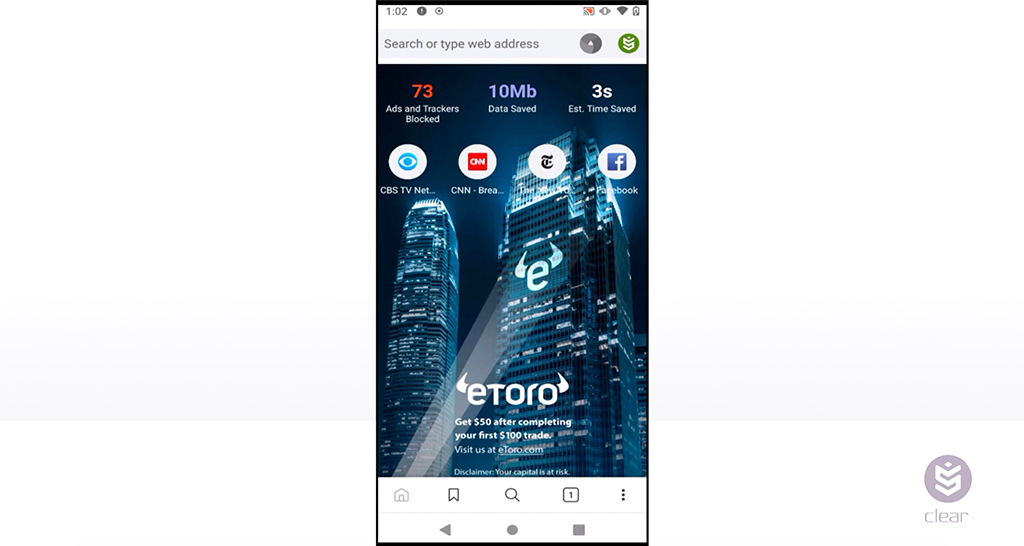We’ve all heard the word decentralized, but do we really know what it means? Or even better, why do we need it? These are questions that are far too often neglected once a word reaches “buzzword” status. Web3 has quickly grown in popularity over the last decade, bringing many of its benefits and applications to the spotlight. As a result, the word “decentralization” was a contender, quickly becoming a buzzword. But what exactly does this mean? What are decentralized systems, and why should you care about them? We’ve put together this summary so you can understand why decentralization matters.
In short, decentralization is the process of transferring power from a central authority to individuals that make up the network. As we mentioned earlier, it’s also one of the biggest buzzwords in technology. This is largely thanks to its potential for helping people take control of their data and identity online. Let’s look at a comparison to understand this further.
In a centralized system, there is one central authority (like Facebook or Twitter) that controls all aspects of the network and its corresponding databases. This means that if something goes wrong with one of those databases, it can easily bring down the entire system—and it also exposes all users to potential privacy issues because everything they post on these platforms is being tracked by a single entity that is, for lack of a better word, unrestricted.
In contrast, decentralized systems are controlled by no one entity; instead, they rely on a large group of independent participants working together through the consensus-based decision-making processes in order to ensure overall integrity and security.
So there we have it, a quick overview of what decentralized systems are. Let’s dig into why we need them.
There’s a whole host of reasons why decentralized networks should be prioritized, both by users and businesses. Two reasons stand out among the crowd, these being security and privacy. How is this accomplished? Decentralized networks are made up of many nodes rather than just one or two. Each node contains a copy of the blockchain for that specific network, so if one node goes offline (or is taken over by an adversary), it doesn’t affect the functioning of the rest of the network. The more nodes there are in a decentralized system, the more resilient it will be against attacks because there’s no single point of failure to target.
So, how is this technology being applied?
Decentralized applications, better known as dApps, are applications that run on a decentralized peer-to-peer network. Unlike traditional applications, which are typically closed source and run on a central server, dApps are open source and built for the web.
The most common use case for a dApp is to create an alternative system to something that already exists. For example, you could build a decentralized version of TikTok or Google Maps using Ethereum blockchain technology.
At this point, you may be wondering how you can start utilizing this technology yourself. Digital World’s primary purpose is to make these systems more accessible to everyday users. To get started, check out the various services/applications that Digital World offers. To dive deeper into the world of decentralization and uncover its importance for our future begin by checking out ClearPhone’s. Hope this article has provided some valuable information on what it means to be decentralized and why it’s essential for our future.




